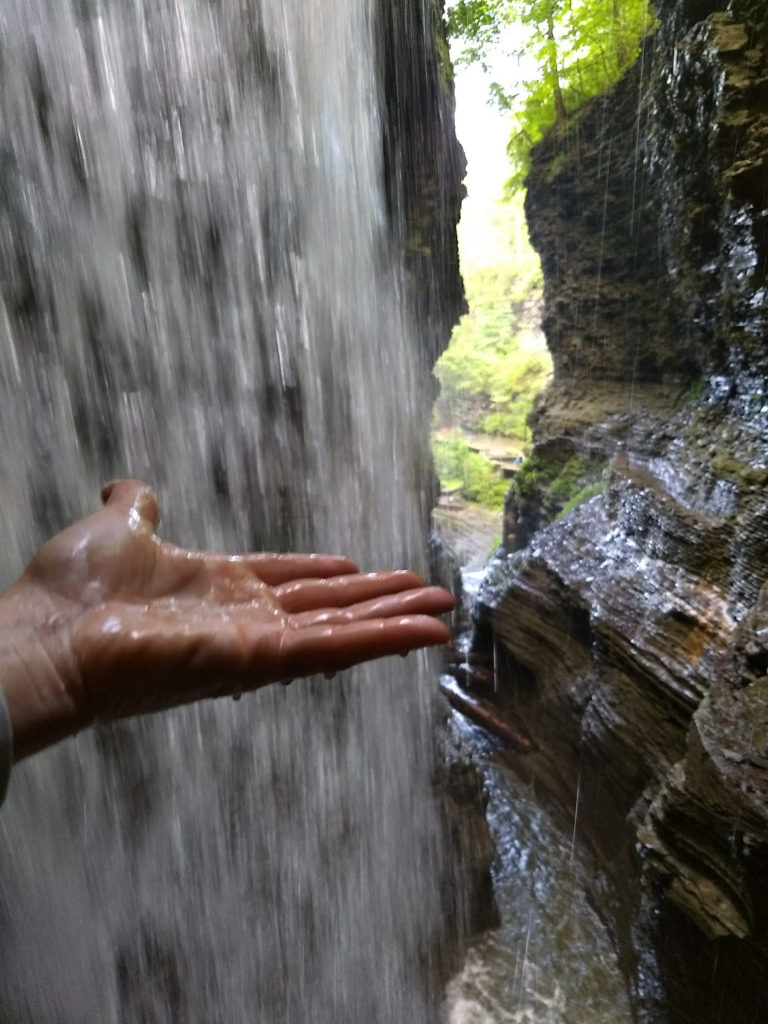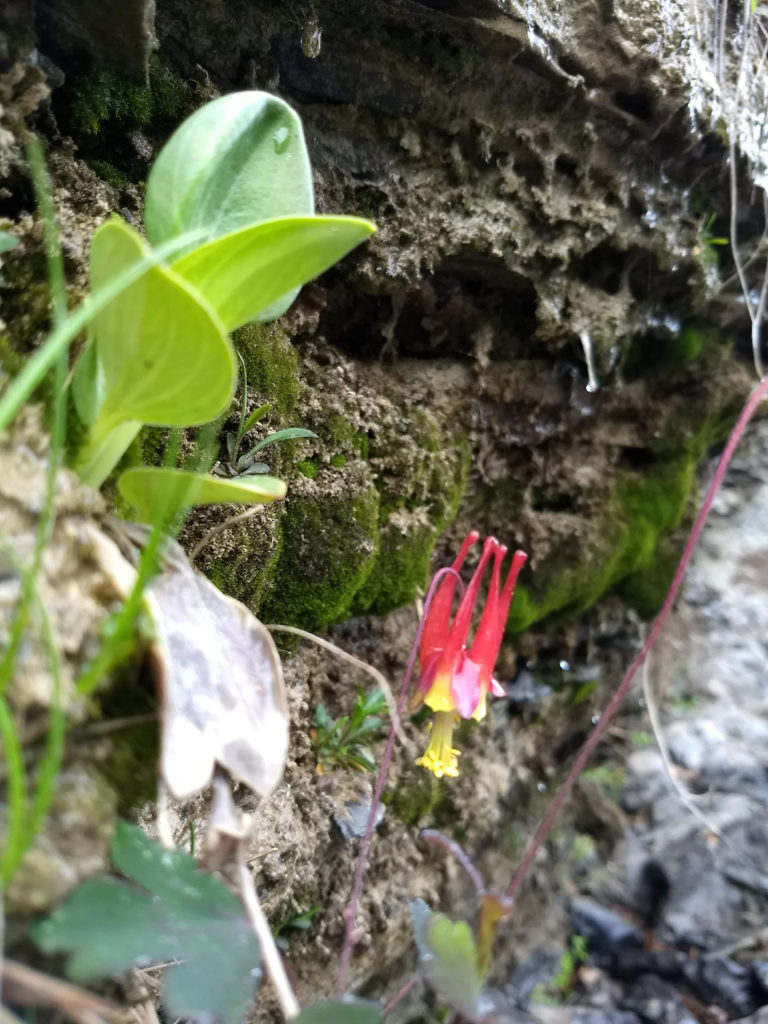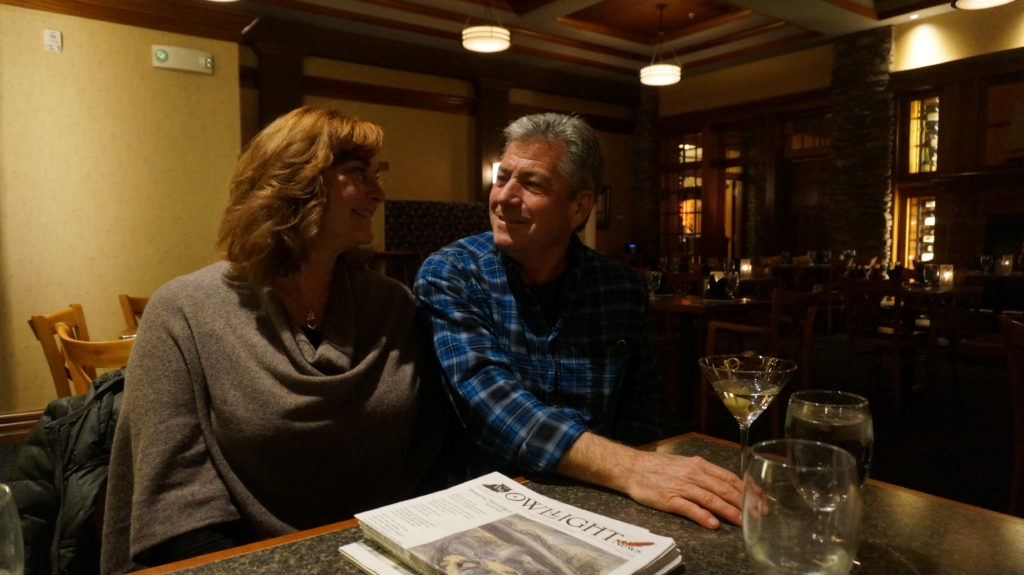Water Warriors
Seneca Lake Guardians, Safeguarding our most Precious Resources
- By D.E. Bentley

For many New York State residents, the sparks of environmental activism were first kindled by the anti-fracking* movement, with “Water for Life” serving as a rallying cry for collective action. Water is so important to our life here, to life everywhere. Still, most people don’t envision themselves as activists; I know I didn’t. We can easily remain unaware until the threats to our wellbeing are imminent, closer to home, at which point it may be too late to act. By the time fracking was proposed in New York State, I had already heard enough about its impact in other states—most notably Pennsylvania—to know that I did not want this happening in my backyard. Beyond attendance at a No Nukes rally in the 1980s, boycotting companies that I knew to have negative environmental roles, voting, and trying to live a sustainable lifestyle, I had remained mostly apolitical. The potential harm from fracking in New York State called for action; I found myself speaking out at a town hall meeting, along with many others.
For some, like Seneca Lake residents Joseph Campbell and Yvonne Taylor, the stories were closer to home, further reinforcing the need to remain informed and vigilant about potential threats to the environmental and agricultural wellbeing of the Finger Lakes—including the preservation of our growing tourism economy and rural character of our communities. Campbell’s mother and sister both suffered from respiratory illness as a result of residency in a Pennsylvania fracking region. It was later determined that this exposure to noxious chemicals also contributed to his sister’s liver illness. I had heard about the devastating impact of fracking; they had experienced it.
I met with Campbell and Taylor in January of 2020. Over the course of two hours, it became apparent that the couple never expected to become activists and certainly did not anticipate making water protection a lifelong passion. Their early concerns and actions, driven by self-preservation, might have rightfully grouped them with other NIMBY weekend activists, like me. Those first steps toward change have, instead, become a dedicated desire to help protect the Seneca Lake watershed, and to bring awareness and action to environmental issues across the region. Their efforts, combined with the dedication and work of many other environmental groups and individuals, have resulted in some significant environmental victories for the Finger Lakes.
In July of 2008, then New York State Governor David Paterson put Marcellus Shale development and fracking on hold until the DEC could complete a review of environmental impacts. Many rural landowners struggling from economic recession were lured by the potential economic benefits of hydrofracking. Although the risks were already becoming apparent, a land grab by companies resulted in thousands of acres around the Finger Lakes being leased to hydrofracking companies. (Some friends of mine who leased land ended up in a decade-long battle to free their land from lease obligations.) Shortly after the initial leases were secured, a proposal was made by Chesapeake Energy—which holds drilling leases in New York State—to truck in, from Pennsylvania, 660 million gallons of liquid hydrofracking wastewater for store in an empty natural gas well in Pultney, NY, less than a mile from Keuka Lake. In February of 2010, after significant public outcry, Chesapeake withdrew its application. With heightened concerns about storage of toxic wastewater, and reports of groundwater contamination and water well explosions in Pennsylvania, the anti-fracking movement in New York State had gained momentum. The Department of Environmental Conservation officially prohibited the practice in 2015, concluding a comprehensive seven-year review process that examined environmental and health impacts associated with high-volume hydraulic fracturing, as well as impacts on community character. New York’s was the first ban by a state that had significant natural gas resources.

As these legal challenges related to hydrofracking proceeded, natural gas companies remained focused on the Finger Lakes area. Yvonne Taylor, living at the time in Lansing, NY, became concerned about a gas storage proposal after hearing presentations sponsored by Social Ventures and Shaleshock Action Alliance. (Speakers were Thomas Shelley, a chemical safety and hazardous materials specialist, and Peter Mantius, a journalist on business and finance.) The proposals called for a liquefied petroleum gas (LPG) industrial storage facility and a methane expansion facility, with plans to store methane, propane, and butane in unlined, depleted salt caverns on the southwest shore of Seneca Lake, in the Schuyler County town of Reading (about two miles north of Watkins Glen). The caverns, created by U.S. Salt and Cargill’s mining operations, were never engineered to store anything. In February of 2011, Yvonne Taylor teamed up with Joseph Campbell and Jeff Dombrowski to form Gas Free Seneca. Winning environmental battles against wealthy corporations who have teams of lawyers is no small feat. “You have to dare to teach. Be relentless. Spend every single day working on the cause and leave no stone unturned,” summarized Taylor when I asked what was needed.
Once they started getting the word out, the group was joined by growing numbers of concerned citizens and business owners. On March 14, 2014, several years after Gas Free Seneca was conceived, eight hundred concerned citizens attended a forum held at Watkins Glen High School auditorium. Winery and vineyard owners traveled to Albany to call on Gov. Andrew Cuomo’s administration to block the proposed storage facility for liquid petroleum gas near Seneca Lake. It was shortly after this that Will Ouweleen, owner of Eagle Crest Winery in Hemlock, NY, launched a No Frackin’ Way series of wines, featuring the wineries three best sellers, to help environmental groups carry on their opposition to hydraulic fracturing and related activities in New York State. EarthJustice, a San Francisco-based nonprofit, agreed to provide legal assistance pro bono. Finally, on July 12, 2018, nearly a decade after the initial proposal for underground gas storage on the shores of Seneca Lake, New York State Department of Environmental Conservation (DEC) Commissioner Basil Seggos issued a decision denying Finger Lakes LPG Storage, LLC’s applications for the construction and operation of the gas storage facility.

Joseph Campbell and Yvonne Taylor, now both residents of Watkins Glen, have continued their work as the “eyes, ears and voice” fighting for Clean Water in New York State’s Finger Lakes. In response to what they saw as continuing threats to Seneca Lake and the surrounding Finger Lakes Region, the founders of Gas Free Seneca—joined by Seneca Lake Pure Waters Board member Mary Anne Kowalski—created Seneca Lake Guardian, a New York State 501(c)(3) Not-for-Profit Corporation. Seneca Lake Guardian became a Waterkeeper Alliance affiliate in January of 2019. Waterkeeper Alliance is the largest and fastest growing nonprofit solely focused on clean water, uniting more than 300 Waterkeeper Organizations and Affiliates around the globe.
A more recent victory that Seneca Lake Guardian was actively involved in was the proposal for a trash incinerator near Seneca Lake in the town of Romulus, New York, in the center of wine country. The proposed facility would have been less than 4 miles from the shores of Seneca and Cayuga Lakes, and just a few hundred yards away from the Romulus K-12 public school. Len Geller, a journalist for Owl Light News, joined Campbell, Taylor and I for our meeting in Watkins Glen. Geller had written a previous article about the trash incinerator and was interested in learning how the incinerator protests, and victory, compared with the earlier battles against gas storage adjacent to Seneca Lake. Most notable, we learned, was a shared belief on the part of many citizens, legislators, and businesses in our region of New York State that the proposed incinerator site rendered the project immediately undesirable, regardless of any potential economic gain. Gas Free Seneca faced a longer battle. There was initial significant legal and political momentum in favor of the gas storage proposals. Earth Justice lawyers created a roadmap for permit denial that was modeled after the earlier anti-fracking initiatives, based on the negative impacts on the environment and on the character of the community. Similar arguments were used against the trash incinerator, weighing the pollution risks alongside the aesthetic and community disruption—caused by hundreds of trucks and rail cars carrying garbage through the Finger Lakes.
It might seem that with these major legal battles behind them there is less work to do—and, consequently, these water warriors might have more time to enjoy the fine Finger Lakes wines, beers, and distilled treasures that our region of the state has been gifted with. In wrapping up our lengthy and enjoyable conversation, it did not sound like Seneca Lake Guardian was planning on slowing down anytime soon.
There are a number of issues they are currently monitoring and/or are involved with:
•They believe that new construction at the salt mine on Cayuga Lake involves risks that necessitate a full Environmental Impact Statement (EIS), to prevent salt mining accidents that could jeopardize water quality.
•They also want to further promote sustainable energy and increase investment in water supply/sewer systems.
•They join others in challenging destructive power plants. Seneca Lake Guardian represents hundreds of businesses and thousands of area residents who stand together in opposition to irresponsible and unsustainable infrastructure, such as the Cayuga Power Plant. Another group actively involved in raising awareness around these issues is Cayuga Lake Environmental Action Now (CLEAN), an independent advocacy group that is working to protect Cayuga Lake [cleancayugalake.org/.]
•Seneca Lake Guardian is also involved in the case against the Greenidge Power Plant in Dresden. The coal to natural gas conversion and reopening of the small plant—designed to operate during peak energy usage—clashes with the Cuomo Administration’s stated goal of shifting the state to renewable energy sources. Yet, the state awarded the Greenidge conversion a $2 million grant, and state regulators granted the company’s investment firm, Atlas Holdings, operating permits that allowed for relaxed state and federal environmental laws.*** Greenidge Power Plant is currently using a substantial percentage of its energy to cool high-power systems used to mine bitcoin—an activity which contributes to the wealth of its shareholders but does nothing to directly benefit the energy needs of the surrounding communities. This also uses unrecycled lake water as a potential coolant for data systems. The heated water is dumped back into the lake, disturbing aquatic life. (New plants are required to recycle their coolant waters). The Cayuga Plant is also exploring potential conversion to a data center (not necessarily for Bitcoin mining).
•Seneca Lake Guardian is teaming up with area groups to secure a date for the closing of area landfills. The Finger Lakes takes in 50% of all of New York’s garbage. The liners can fail and leach contaminants. The character of the community is negatively (and economically) impacted, and it smells.
•Seneca Lake Guardian is a party to lawsuits to shut down coal ash landfills near Seneca and Cayuga lakes. They will begin a project this Spring to do stream testing around the coal ash landfills at Keuka Outlet/Dresden (Lockwood) and Milliken Creek/Lansing (Cayuga Power) for the EPA required analytes that are not routinely tested for and reported.****
•Groundwater drawn from three sites at the former Seneca Army Depot in Romulus, NY is contaminated with the potent carcinogens PFOA and PFOS at levels of up to 1,327 times the federal health advisory limit. Even though tested wells surrounding the depot did not show amounts higher than the EPA advisory level, they were elevated, and most experts think the current health advisory thresholds are way too high.
•A controversial 10-million-gallon manure lagoon that state officials had recently ruled to be in violation of state regulations is being constructed in Cayuga County. Manure is high in phosphorous and nitrogen, nutrients that are suspected fuels for HABs (Harmful Algal Blooms). Seneca Lake Guardian is working with the community of Mentz to fight the proposed manure lagoon and forming a plan to test runoff from other factory farms.
Another related project that Seneca Lake Guardian has recently started assisting with is a proposed sewage sludge facility in Butler, NY that would accept human waste from New York City and “compost” it for agricultural use. Butler, NY is a township of around 2000 located ten miles south of Lake Ontario. The human waste would be trucked through neighboring towns, counties and villages, and the sewage sludge facility would be sited next to Wolcott Creek, a tributary that feeds Lake Ontario. The old gravel mining pit, where the proposed sludge facility would be located, is close to the water table, increasing the risk that the sludge could leak into surrounding water wells. Butler and Beyond for Sludge-Free Backyards, a group founded by local residents in opposition to the facility, is speaking out against the proposal at a grassroots level. This community-based group taking local action on local issues reminds me of Gas Free Seneca’s earliest start and their goal of getting the word out about underground gas storage. This is how change begins, and how battles become victories for clean water, for us all.
*Fracking involves injecting large amounts of water, sand and chemicals deep underground at high pressures to release oil and natural gas from rock formations. Once supported by Governor Cuomo, he reversed his position after significant feedback from communities that would be impacted and sought a ban. On January 22, 2020, Governor Cuomo announced legislation in the FY 2021 Executive Budget to make New York’s fracking ban permanent. https://www.governor.ny.gov/news/governor-cuomo-announces-legislation-make-fracking-ban-permanent-included-fy-2021-executive.
**See a related article at:
https://www.owllightnews.com/firestorm-in-the-finger-lakes/
*** The state is allowing the plant to wait until 2022 to comply with federal Clean Water Act requirements for screening on its massive water intake pipe that runs into Seneca Lake. Without screens, the intake pipe mangles millions of fish.
**** Recent reports indicate that the Lockwood ash landfill in Dresden has had exceedances for Aluminum, Arsenic, Boron, Cadmium, Copper, Iron, Manganese, Mercury, Selenium, and Zinc. The landfill is NOT monitoring for all of the EPA mandated coal ash ground water contaminants.
Learn more at: senecalakeguardian.org/ or
fb @ Seneca Lake Guardian, A Waterkeeper Affiliate